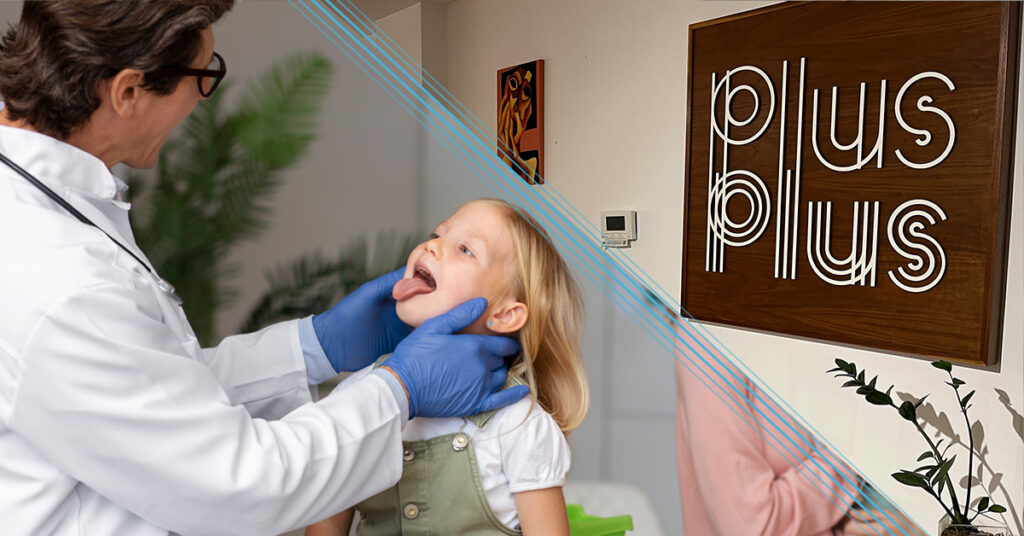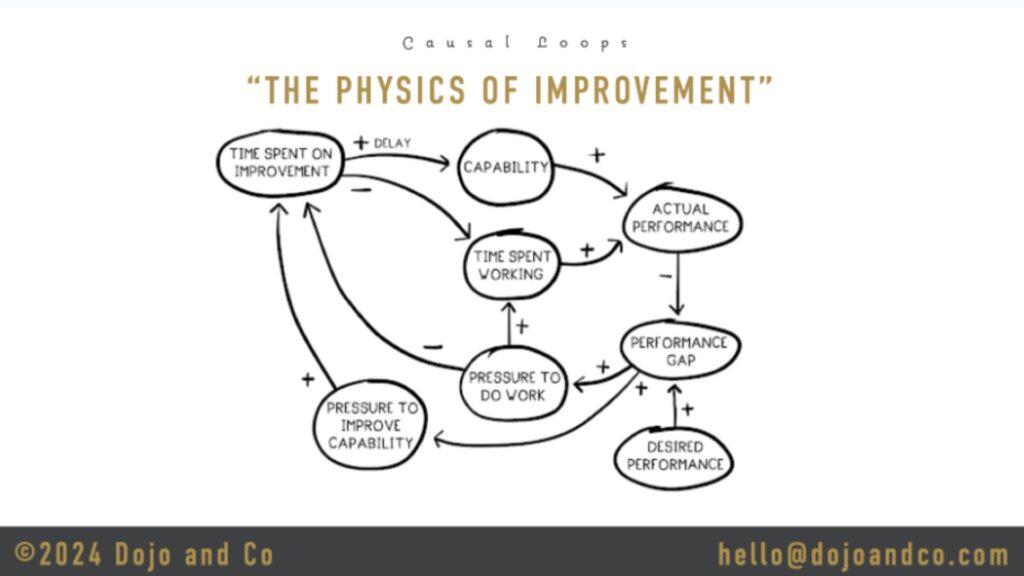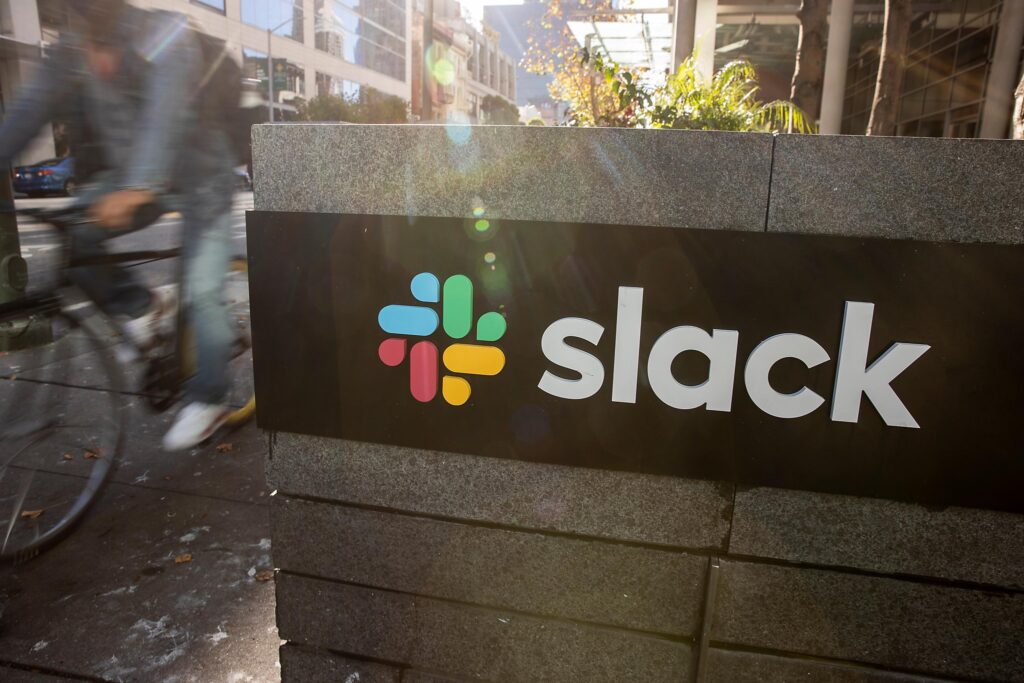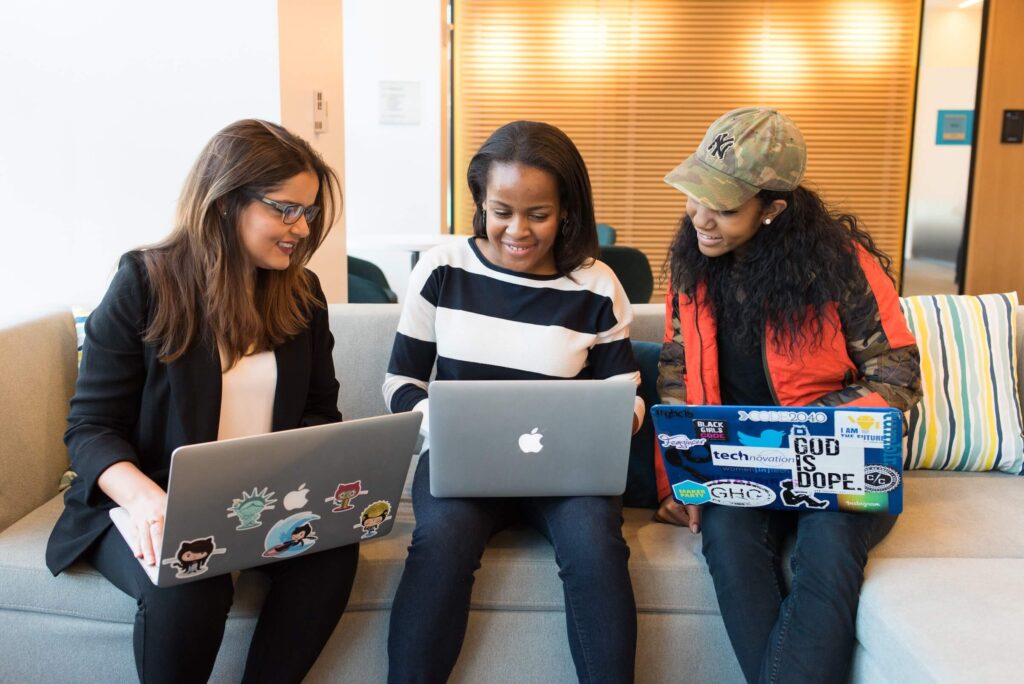Overview
The November 2020 roundtable included a panel discussion with industry leaders Rajon Tumbokon, Technical Training and Documentation Manager at LinkedIn, Katie Hawkes, Senior Learning Program Manager at Twitter, and Jerie Shaw, Senior R&D Education Program Developer at Shopify. Andrew Barrett, Learning Platform Lead at Shopify, facilitated the discussion.
The panelists discussed several challenges teams face when scaling learning and explained how they facilitate and maintain their knowledge-sharing programs.
Building community and connection
Building trust is crucial to knowledge sharing. At Twitter, Katie’s goal was to find a way to increase interpersonal connections to support the flow of knowledge.
She started the initiative ‘Team Social Leads’, which helps teams feel connected to each other and builds relationships.
As part of the program, a volunteer represents their team and plans one social activity per month. Katie created a repository of remote socializing ideas to get the ball rolling and invited others to contribute.
Boosting and maintaining engagement
Ensuring participants are engaging with learning programs is also essential. The ‘Tech Talks’ program at LinkedIn was initially a passion project designed to ensure that knowledge was circulating.
It was no one’s job, really. It was a passion thing, to make sure that knowledge is circulating on what people are working on and what people have learned.
Rajon Tumbokon
Engagement reached a low point, with 5-8 people on average attending each talk. Rajon’s team happily inherited the program and turned it into a formal remote program with accountability, ownership, and collaboration.
Giving teams ownership over the program was needed to boost engagement. Although many people within the organization were already passionate about knowledge sharing, the key was to identify them and amplify awareness of the types of talks happening to a specific audience.
What helped to increase engagement the most was finding the right audience for a particular talk. Previously, talks were broadcasted to everyone, and people ignored any topic they assumed wasn’t relevant.
What was 5-10, became 400-500 in attendance in particular talk, and our average is 75. Our peak is 700! One thing I noticed is engaging in things like Tech Talks give people the sense of connection with their cohorts and peers, especially when working from home. It’s become a very foundational thing for being an engineer at LinkedIn.
Rajon Tumbokon
Shopify focuses on engagement by treating new hires and managers as equal participants in the project of onboarding. Jerie’s team devotes half of their resources to engaging managers and making them aware of the available content.
They also support managers to craft custom onboarding plans for their new hires. With this structure in place, it becomes easy for new hires to find subject matter support and add value to managers when hiring somebody new.
Measuring the success of programs
The Kirkpatrick model of evaluation is used across the L&D industry to measure the impact of new learning initiatives:
Image from KodoSurvey
As a metric of organizational health, Jerie’s team experiments with using GitHub data to measure the time it takes for engineers to complete their initial projects.
LinkedIn also uses the Kirkpatrick model to measure the impact of their engineering boot camp program. Rajon stressed that while each level of the model is important, there is a tendency for learning practitioners to write off the participants’ reactions to a new program (level 1). Yet, they can provide useful indicators on how to create a great learning experience.
To measure how learners apply knowledge to their roles (level 3), Rajon’s team uses 30-day or 45-day self-assessments. Participants inform the team how well they have been able to apply knowledge to their work.
To measure organizational impact, they take a similar approach to Shopify’s team and use a productivity measure to assess the effect of learning on the organization.
For Katie, participation is the measure of success. In Twitter’s 60-day post-onboarding survey, Katie looks for an improvement in how connected people feel to their team and the company.
Maintaining interest in programs
It is also crucial to track engagement in a program over time and know when to move on to something new.
At Shopify, Jerie’s team has a quarterly audit process to review content. Jerie also meets with stakeholders across disciplines bi-weekly, and they use an agile system for responding to requests from participants to refresh or add new content.
As people at the company become more are aware of [the programs being offering] it becomes easier and easier to get support from subject matter experts to build content and to improve content.
Jerie Shaw
LinkedIn’s engineering bootcamp has a unique structure within the training team, where every person rotates as an instructor. As a result, they can have instructors ‘on-call’ and quickly respond when they notice things change from a technology perspective.







